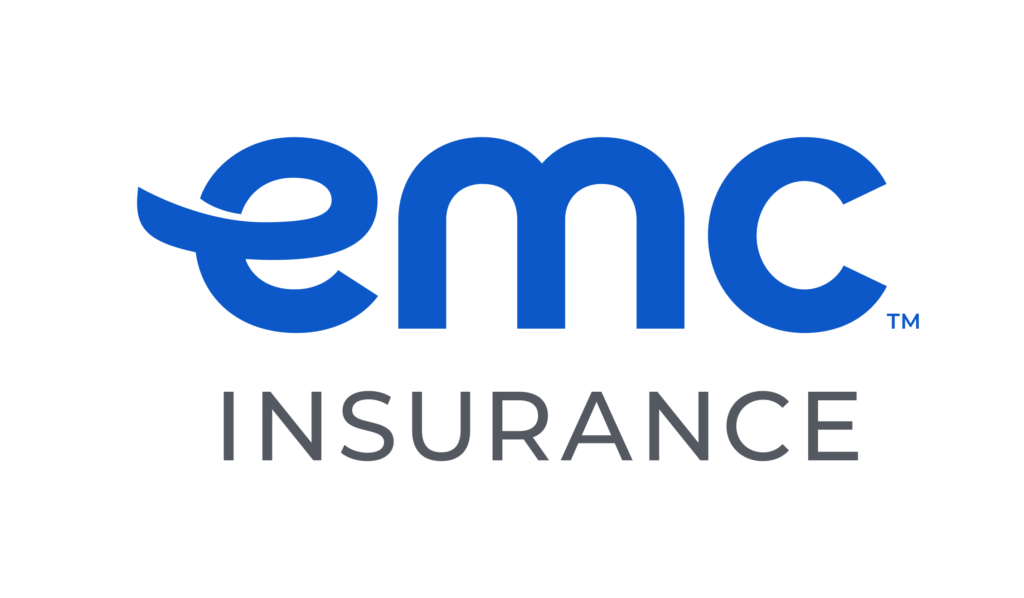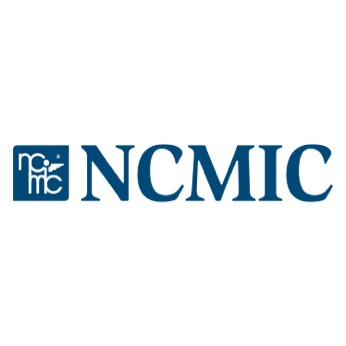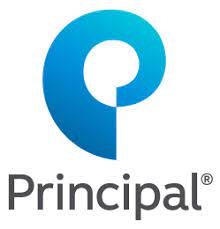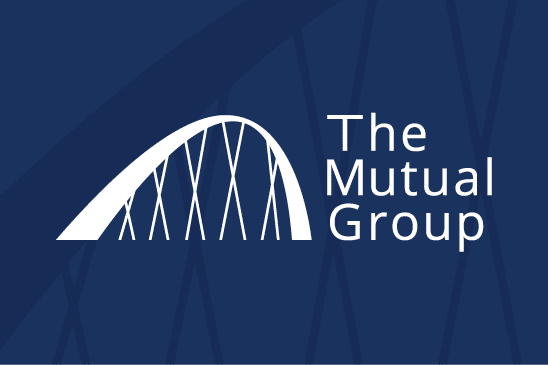BERKO: Home builders will bounce back – but who knows when?

Dear Mr. Berko:
I think the home building stocks will come back a lot sooner than expected. But my broker tells me that his firm is neutral on the industry and can’t recommend any stock to me unless it’s on his firm’s “buy” list. I took some good profits in late 2006, when you put the kibosh on home building stocks, and now I want to buy them back again. I have $45,000 to invest and would like you to give me the names of three home builders that you feel have the best long-term chance of recovery. I would invest $15,000 in each. And do you agree that the home building stocks will come back?
C.P., Jonesboro, Ark.
Dear C.P.:
Of course home building stocks will come back. And they’ll come back precisely when you least expect them to come back.
Your broker’s research department employs two of the most brilliant analysts in the housing industry; their knowledge is so exhaustive that it’s said they can predict, to the nearest 10,000, the precise number of 16-penny nails that will be manufactured in any given year.
These guys are good, and I respect their opinions. But you must ask your broker, “Where on the scale of neutral do these lads rank the industry?” This is important. For instance, are they strongly neutral (which is nearly a “sell”)? Moderately neutral (which is neither a “buy” nor a “sell”)? Or are they lightly neutral (which is nearly a “buy”)?
Many brokerages began to recommend housing stocks in late 2005 and early 2006, when the S&P Home Builder’s Index (XHB-$19.14) was trading at about $35 on its way to $46. They continued to recommend home builders until the XHB had fallen from $46 to the mid-$20s. So if you can determine where on the neutral scale these guys rank, it might help you define a good entry point. I suspect that the brokerage industry will begin to recommend the home builders when XHB begins trading in the low $30s.
The biggest and the best might be PulteGroup Inc. (PHM-$7.76), which traded as low as $3 a share in 2011 and as high as $48 in 2005. PHM builds single-family homes, develops subdivisions in 29 states and should generate $4.3 billion in revenues this year that may produce $75 million in net income, or 20 cents a share. In the coming few years, PHM could trade in the mid-$20s.
D.R. Horton Inc. (DHI-$14.13) builds single-family homes in 73 markets located in 25 states. This company, with a potential of $4.2 billion in revenues (up from $3.5 billion in 2011), expects to produce a profit of $165 million this year on a swell 2.9 percent net profit margin. DHI has a lean cost structure and a four- to five-year supply of land. The shares traded in the low $40s in 2006 and hit a low of $4 a share in 2008, but in the coming few years, the shares could trade in the high $20s.
Finally, the Ryland Group Inc. (RYL-$18.81), a $1.1 billion revenue builder, specializes in on-site construction of single-family detached and attached homes and provides mortgage services. RYL sells homes between $100,000 and $450,000, and it expects to earn $18 million this year and will pay a 12-cent dividend. In 2006, RYL traded in the low $80s and last year traded as low as $9.25. In the coming few years, RYL could trade in the high $30s.
I think your timing may be good, because the industry won’t recommend these issues until their share prices have doubled from current values. You may have to wait a couple of years before your money doubles or triples, but that’s a reasonable time frame.











